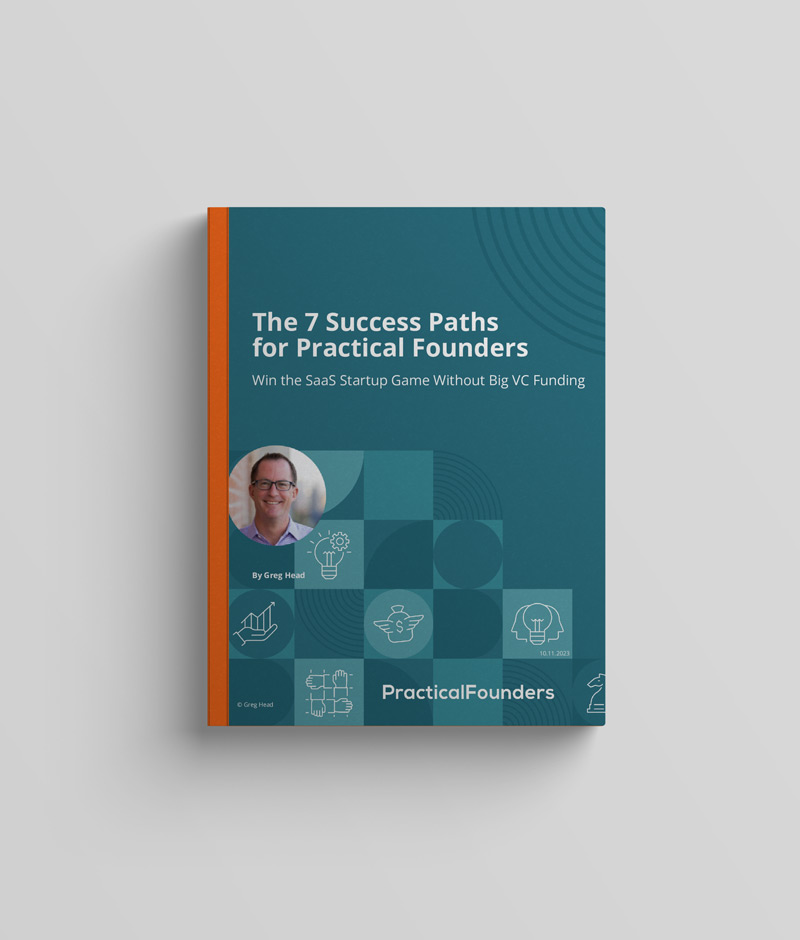“Our SaaS product works, we have happy customers, and we have enough leads—but our demo close rate is too low.”
Every day, B2B SaaS founders tell me about the hard problems they are working on in their startups.
A low close rate is one of the better startup problems to have, for many reasons:
- You have already solved making something amazingly useful for someone. And you have a few prospects lining up who are interested. Those are much harder problems to solve.
- Improving your close rate is fixable and figureoutable, especially for founders not experienced in SaaS B2B sales who haven’t reached $2M-3M million ARR.
- Improving your close rate earlier creates free cash to cover expenses or increase profits. You get more revenue for the same expense and effort—sometimes twice as much new revenue.
Improving your close rate is one of the highest ROI moves you can make when you are in revenue but still figuring it out.
The difference between a high close rate and a low close rate in B2B SaaS is directly related to your growth rate, the eventual value of your company, and whether you’ll run out of cash.
This week, I interviewed Matt Wolach, an experienced B2B SaaS sales coach, on the Practical Founders Podcast.
Matt personally closed thousands of software deals and led successful SaaS sales teams in his career. Now, as a hands-on B2B SaaS sales coach, he has helped more than 270 founders improve their close rates.
The lead-to-demo-to-close puzzle is complicated, but there are best practices, and many “it depends” moves to solve it quickly.
Matt explains one of the counterintuitive moves that are important in the demo sales call process:
“The only way a buyer can be excited about your solution is if they are really emotional about their own problem. How can we get them to realize their problem is important and worse than they thought?
“If they’re gonna take action, they’ve gotta be emotional about their problems. They come in thinking, I just got this thing I want to take care of. And they leave saying, Whoa, I had no idea we were in so much trouble. We have to move now.
“We have to make sure that they prioritize the problem we solve instead of not doing anything and moving on to a different problem. When they realize how bad their problem is and feel the emotion, it helps them see they need to prioritize it and take action instead of putting it on the back burner and waiting till later.”
Matt also says that founders must figure out this demo-to-close process before hiring salespeople or expensive fractional sales leaders.
Creating a functional and repeatable sales process is the founder’s responsibility that can’t be delegated so quickly.
Matt shares more counterintuitive insights and practical tips in this expert interview on the podcast. Check it out here on the Practical Founders Podcast.
#practicalfounders


